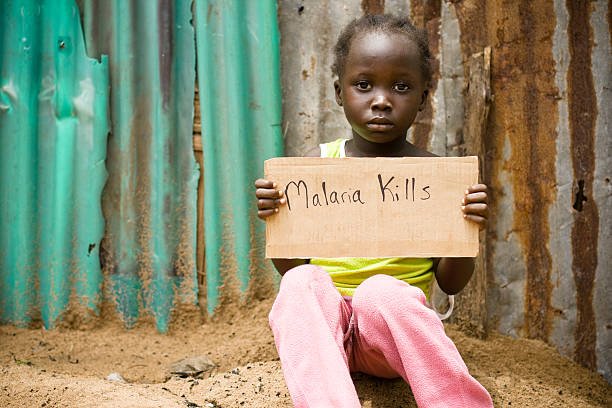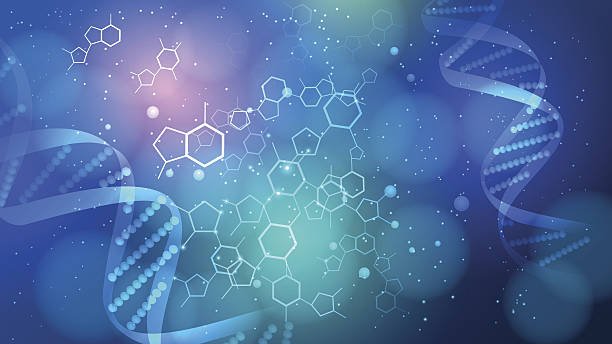Plants are made up of a variety of different structures and components, each of which plays an important role in the plant’s overall growth and survival.
10 Names of the Smallest Parts that make up a plant
The smallest parts that make up a plant include:
- Cells: The building blocks of all living organisms, including plants. Plant cells are similar to animal cells, but they also contain a cell wall and chloroplasts, which are responsible for photosynthesis.
- Cell membrane: This is a thin barrier that surrounds the cell and controls the movement of materials in and out of the cell.
- Cytoplasm: This is the gel-like substance that fills the cell and contains all of the cell’s organelles.
- Nucleus: This is the control center of the cell, containing the cell’s genetic material, or DNA.
- Mitochondria: These are the organelles that convert energy from food into a form that the cell can use.
- Chloroplasts: These are the organelles found in plant cells that are responsible for photosynthesis, the process of converting light energy into chemical energy.
- Ribosomes: These are the organelles that are responsible for protein synthesis.
- Endoplasmic reticulum and Golgi apparatus: These organelles work together to transport and process molecules within the cell.
- Vacuoles: These are large, fluid-filled structures that store nutrients and waste products.
- Cell wall: This is a rigid structure that surrounds the cell and provides support and protection for the cell.
All of these structures and components work together to allow the plant to carry out essential functions such as photosynthesis, respiration, growth, and reproduction.





